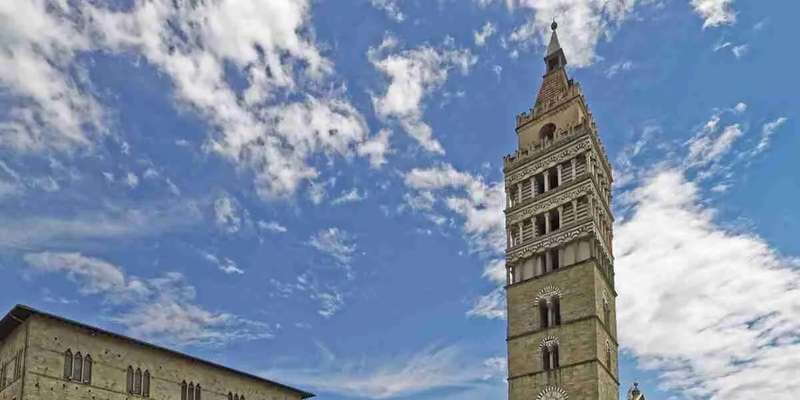- Home
- Useful Tips
- Pistoia's historic pharmacies:...
Exploring Pistoia's historic pharmacies offers a unique glimpse into the city's rich medical and cultural heritage, yet many travelers miss these hidden gems due to lack of information. With over 70% of visitors to Tuscany focusing only on major cities like Florence and Siena, Pistoia's authentic charm often goes unnoticed. The challenge lies in locating these centuries-old pharmacies, often tucked away in unassuming alleys, without local knowledge. Missing out means losing the chance to see beautifully preserved wooden cabinets, antique ceramic jars, and fascinating medical instruments that tell stories of Renaissance-era healthcare. For history buffs and curious travelers alike, finding these spots can transform a quick stop into an unforgettable journey through time.


Why Pistoia's pharmacies are worth your time
Pistoia's historic pharmacies are more than just old buildings—they're time capsules of medical history. These spaces showcase intricate woodwork, hand-painted ceramic drug jars (albarelli), and original frescoes that have survived since the 15th century. The Farmacia dell'Ospedale del Ceppo, for instance, still displays its original 18th-century furnishings and a remarkable collection of medicinal herbs. What makes these places special is their authenticity; unlike reconstructed museum exhibits, these were working pharmacies serving Pistoia's residents for generations. The attention to detail in the carved walnut counters and gilded inscriptions reveals how pharmacies once served as both healthcare providers and community gathering spaces. For architecture enthusiasts, the blend of Renaissance design with functional medical layouts offers unique insights into how beauty and practicality coexisted in historic Italian institutions.
Locating Pistoia's most significant pharmacy landmarks
Start your exploration at the Spezieria di San Jacopo, hidden near the Cathedral Square but marked by its distinctive medieval facade. Local tip: look for the ancient mortar-and-pestle symbol carved above doorways—the universal sign of historic apothecaries. The Farmacia Chiti, operational since 1846, maintains its original Liberty-style interiors just off the bustling Corso Silvano Fedi. Don't miss the lesser-known Spezieria del Seminario, accessible through a quiet courtyard near Pistoia's famous bear statue. These sites are scattered throughout the compact historic center, all within a 15-minute walk of each other. Morning hours (before 12:30 PM) offer the best lighting to appreciate the pharmacies' interior details, when sunlight streams through their traditional small-paned windows. Keep an eye out for the unique 'spezieria' signage—an old Italian term distinguishing these historic establishments from modern 'farmacie'.
Understanding the cultural significance behind the artifacts
Each object in these pharmacies tells a story about Renaissance healthcare. The colorful albarelli jars weren't just decorative—their distinctive shapes prevented dangerous mix-ups between remedies. You'll notice some jars bear strange symbols; these identified contents for illiterate customers during medieval times. The massive walnut cabinets (armadi da spezieria) feature secret compartments where pharmacists stored precious ingredients like saffron and myrrh. Many pharmacies display 'theriaca' containers—elaborate vessels for a legendary (and ineffective) cure-all that remained popular for centuries. These details reveal how pharmacy practice balanced emerging science with traditional beliefs. Particularly fascinating are the 'boccie dei poveri' (poor people's jars), where customers could deposit payment according to their means—a testament to Pistoia's longstanding civic healthcare values that modern visitors can still appreciate today.
Planning your visit for maximum enjoyment
While some historic pharmacies remain working businesses, others are preserved within museums like the Museo dello Spedale del Ceppo. The beauty of visiting Pistoia is that you can often explore these sites without crowds—unlike Florence's tourist-heavy attractions. Weekday mornings offer the most authentic experience, when you might chat with pharmacists proud to share their establishment's history. Combine your pharmacy visits with stops at nearby landmarks; the Hospital of the Ceppo's famous Renaissance ceramic frieze is just steps from its historic pharmacy. For deeper insight, time your visit during Pistoia's monthly 'Pistoia Segreta' events when special access to normally closed spaces is granted. Remember these are still functional spaces—a polite request to look around usually meets with enthusiastic approval from staff who cherish their workplace's extraordinary heritage.
